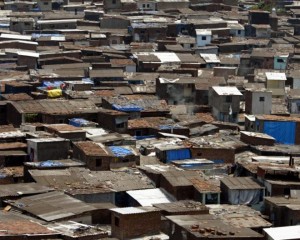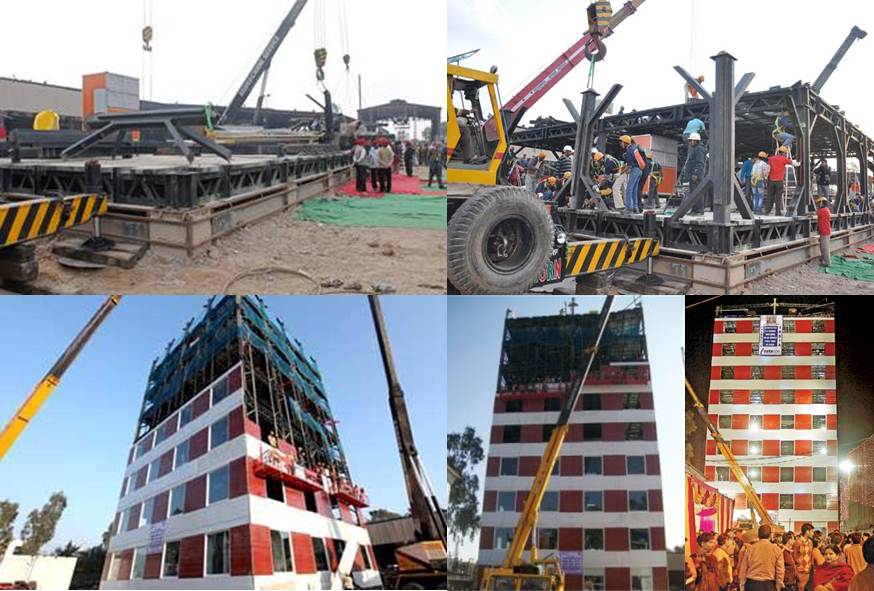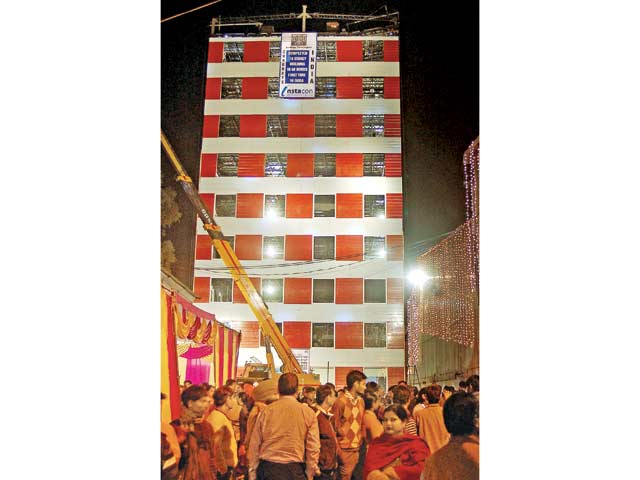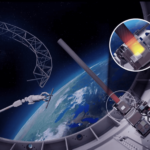In previous postings on this blog site I have described the changing face of our world cities both in the Developed and Developing World. Much of human population growth is in urban centres. In the Developing World, A mass migration from rural to urban settings is creating a housing and infrastructure crisis that desperately needs solutions. So when I read about Synergy Thrislington, and InstaBuild, a ultra-fast building technology, I was intrigued.
Synergy Thrislington is located in India, a country where this rural to urban migration is significant. The population of cities in the country over the last decade grew from 28 to 31% of the total population, one of the highest rates of change in countries of the Developing World. This rapid growth will see India’s urban population exceed 840 million by 2050 with many town and small cities growing to populations greater than a million.
The problem with such growth is the inability of the city governments to develop adequate infrastructure to absorb the growth. This is leading to informal settlements with the appearance of shantytowns like the one seen in the picture below. This is Dharavi, the largest slum in India today. Dharavi is part of Mumbai. Its population exceeds one million. It is the second largest slum in Asia only surpassed by Orangi Town with 1.5 million, in Karachi, Pakistan, India’s neighbour. Dharavi was once a mangrove swamp. It lacks proper sanitation, safe drinking water and access to power and communications infrastructure.

A Possible Solution for Developing World Cities
Alternative ways to develop living accommodation to meet the needs of new urban migrants that end up in places like Dharavi requires innovative, inexpensive solutions that can be built quickly. InstaBuild looks like a made-in-India solution that may answer the need and be replicated in other Developing World countries experiencing similar rural to urban migration and social, medical and infrastructure challenges this phenomenon brings.
So what is InstaBuild?
- A building where 80% of the structural work is completed off-site in a factory assembly process.
- An on-site high-efficiency assembly process that completes a building in as little as 48 hours after site preparation.
- Electricity, water, sanitation, air conditioning ducts, and communication infrastructure pre-constructed and fully integrated for quick fitting.
- Standardized doors, stairwells, and interior wall infrastructure pre-constructed and delivered for assembly on site.
- Components that meet government standards for fire and earthquake safety.
- Rapid-build techniques that allow a work crew and machinery to complete an assembly of a multi-storey structure in 48 hours.
Watch the video of the construction of a building aptly named Instacon. The finished tower stands 10-storeys tall on a suburban site in Chandigarh, the capital of the Punjab and Haryana. Chandigarh is better off than most Indian cities with its growth well managed. Current population is approximately 1.5 million and projections to 2025 show an increase to 2.5 million. Will what works in Chandigarh be replicable in other Indian cities? Only time will tell.











Hello, Len.
Actually, I am working with a couple of projects in line with this.
1. A prebuilt panel style such as you illustrate above
2. A cement 3D print your house similar to your previous blog, using a more flexible, efficient system than the one you wrote about.
3. A distributed system to go with the above.
One problem we have found is that the project outer shell can be quickly assembled or cast, but the finish work still takes much more time.
We think the real problem is not building the finished house or building, but rather the infrastructure to support the residents or businesses. You still have the same problem wether you build with good materials or cardboard. Where do you get the energy and water to support all those people? How can you get city or area building permissions in a timely manner without bribing the local officials? Planning takes time.
To really make this work it has to be developed as a project in conjuction with the local people and officials. Otherwise (as above in Dharavi) you end up with huge slums built over mangrove swamps at sea level, just waiting for the next typhoon.